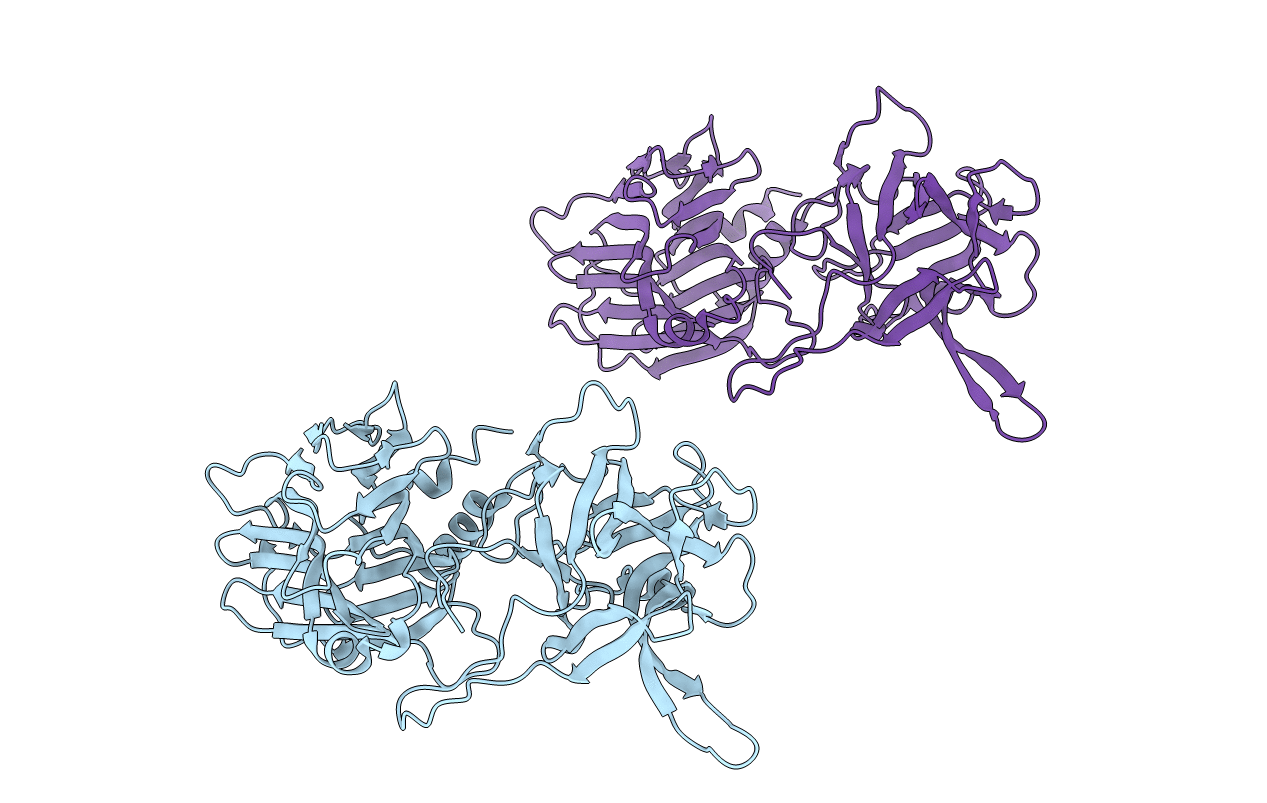
Deposition Date
2005-03-01
Release Date
2005-03-15
Last Version Date
2023-08-23
Entry Detail
PDB ID:
1Z0H
Keywords:
Title:
N-terminal helix reorients in recombinant C-fragment of Clostridium botulinum type B
Biological Source:
Source Organism:
Clostridium botulinum (Taxon ID: 1491)
Host Organism:
Method Details:
Experimental Method:
Resolution:
2.00 Å
R-Value Free:
0.28
R-Value Work:
0.23
R-Value Observed:
0.23
Space Group:
P 1 21 1


